
OR
Archaeology department confirms column discovered in Panchkhal from ancient period
Published On: January 24, 2020 02:30 PM NPT By: RSS
KAVREPALANCHOWK, Jan 24: The Department of Archaeology has confirmed that a 'column' unearthed at Temalbesi of Panchkhal municipality-13 is from the ancient period. The column was found in course of an archaeological exploration carried out some four months back.
According to the Department, it can be guessed that the column is part of the two pillars that are found constructed in front of the main gate to the ancient temple of the Shikhara architectural style.
Department's archaeological officer Prakash Khadka said the column is ancient. He informed that various inscriptions and historical monuments discovered in the area showed the civilization around the Sunkoshi River date back to the ancient times. "The column looks like a part of the remnant of an ancient temple constructed according to the Shikhara architectural style. Further research and investigation needs to be done regarding the column and around the place," he said. Khadka said more research was necessary regarding the height of the column in various shape and lying underground.
The field study report prepared by Khadka states that the column illustrated important temple architecture during the ancient period.
The report states: "There was a route along the Sunkoshi River connecting Kusheshwor. At the midpoint of this ancient path near the present Timalbesi and on the bank of the Sunkoshi was a temple. The temple might had been washed away by the Sunkoshi current hundreds of years back. People from the earlier generation had carried the artistic stone slab from the temple and erected it at the Peepal Chautari. The site where the temple was located is on the bank of the Sunkoshi 200 metres towards the northeast from Peepal Chautari."
As stated in the religious scriptures, Temalbesi is the same place at the confluence of the Sunkoshi and Jhikukhola stream where the ancient sage Kushik is said to have meditated.
Panchkhal Valley Archaeological Study and Research Committee member Shreekrishna Dhimal said further study and excavation would be carried out at that site with the involvement of archaeological experts from the Department as there is the possibility of discovery of additional artefacts and monuments from the Kirant period at that site.
The locals of Panchkhal have called on the government to carry out further study and research of this historical place as well as for its conservation as the Palanchok Bhagawati Temple which was constructed during the reign of King Manadeva I in 425 BS is also located at Palanchok, Panchkhal-9.
The Department of Archeology confirmed that the heritage materials including pillars of the ancient palace and 22 centimeters bricks recovered during the excavation in Panchkhal area date back to the Lichhivi and medieval eras, according to the report co-prepared by officer of the department Bishnu Prasad Pathak and senior archeologist Uddhav Acharya, who were a part of the excavation. The mining took place in the farmlands of the local people at Malta of the then Hokshe VDC-2.
Investigations into the recovered materials are yet to take place, said Acharya, adding that "There is a need to protect the unexplored areas and stop illegal excavations." The found things include stones and bricks of ancient walls, pieces of clay utensils, stone grinding machines, Shivalingas, stone spouts and some rectangular clay bricks.
The Department had acted on the reports that the local people found ancient bricks, utensils, coins and pillars of houses while ploughing around 12 ropani of lands at Durbar area of Manadev, Ranipokhari, wells, stone spouts.
As part of security measures, the district administration office as per a circular by the Department has banned ploughing the archeological sites starting December 15, 2019. One shall take permission from the Department to plough the lands if they wish so.
You May Like This
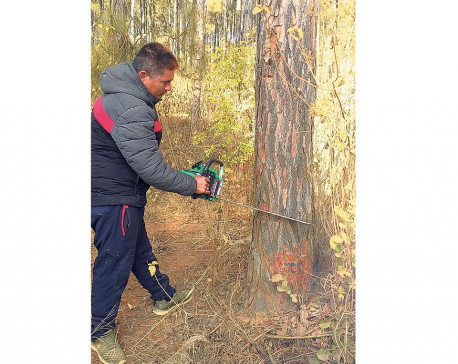
Construction work for Panchkhal SEZ to finally begin
BANEPA, Jan 5: The construction work for Panchkhal Special Economic Zone (SEZ) is finally set to begin, seven years after... Read More...

Maoist Center leads in Panchkhal
KATHMANDU, May 15: CPN (Maoist Center) is leading in the Panchkhal Municipality, according to the latest vote counting. ... Read More...

Panchkhal SEZ master plan in final stage
BANEPA, July 16: The Master Plan of the Special Economic Zone (SEZ) to be established at Panchkhal of Kavrepalanchowk has... Read More...




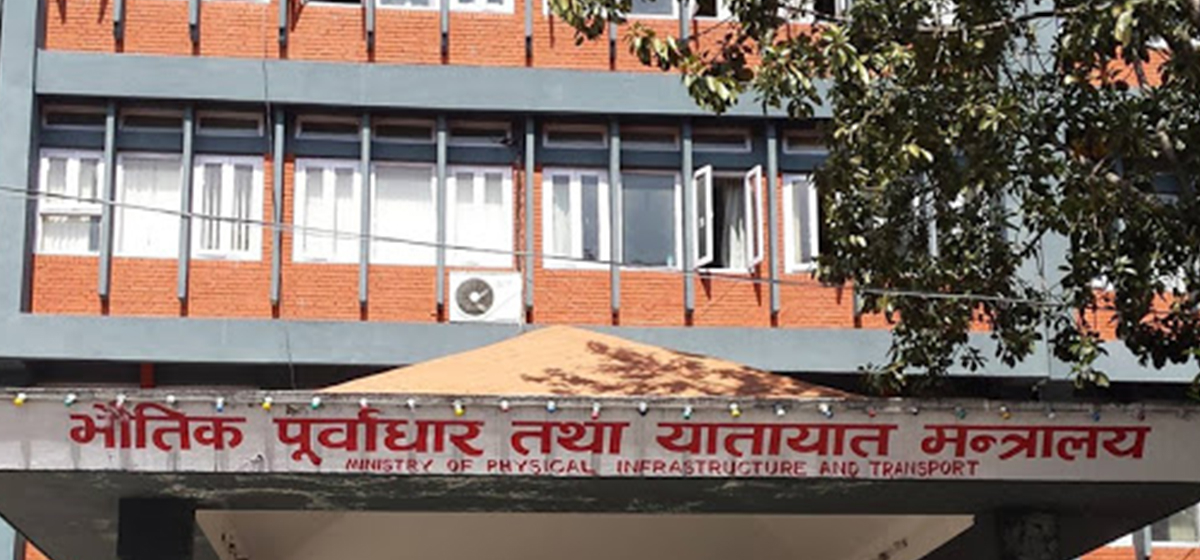
Just In
- Taylor Swift releases ‘The Tortured Poets Department’
- India starts voting in the world’s largest election as Modi seeks a third term as prime minister
- EC seeks cooperation for free and fair by-election
- Bus carrying wedding procession attendees meets with accident in Sindhupalchowk claiming three live
- CPN (Unified Socialist) to hold its Central Committee meeting on May 10-11
- Over 16,000 paragliding flights conducted in one year in Pokhara
- MoPIT prepares draft of National Road Safety Act, proposes rescue within an hour of an accident
- Light rainfall likely in hilly areas of Koshi, Bagmati, Gandaki and Karnali provinces











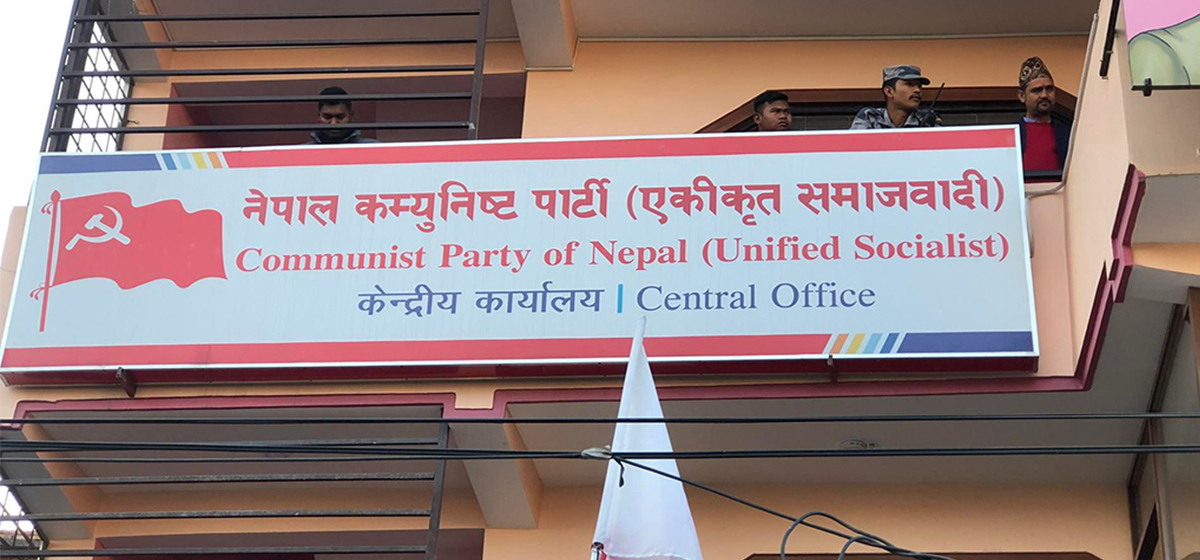
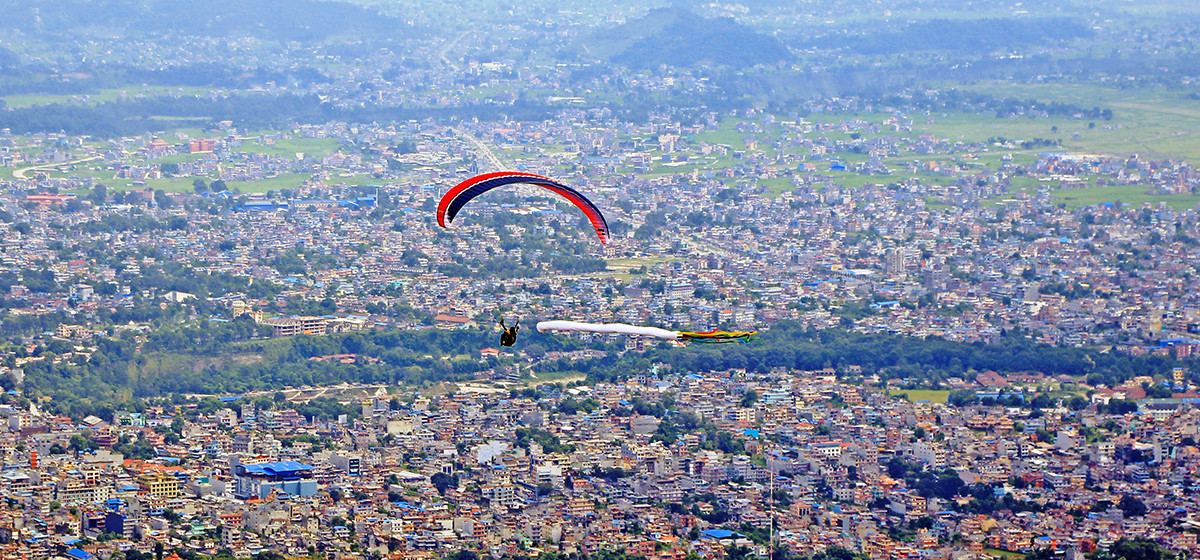
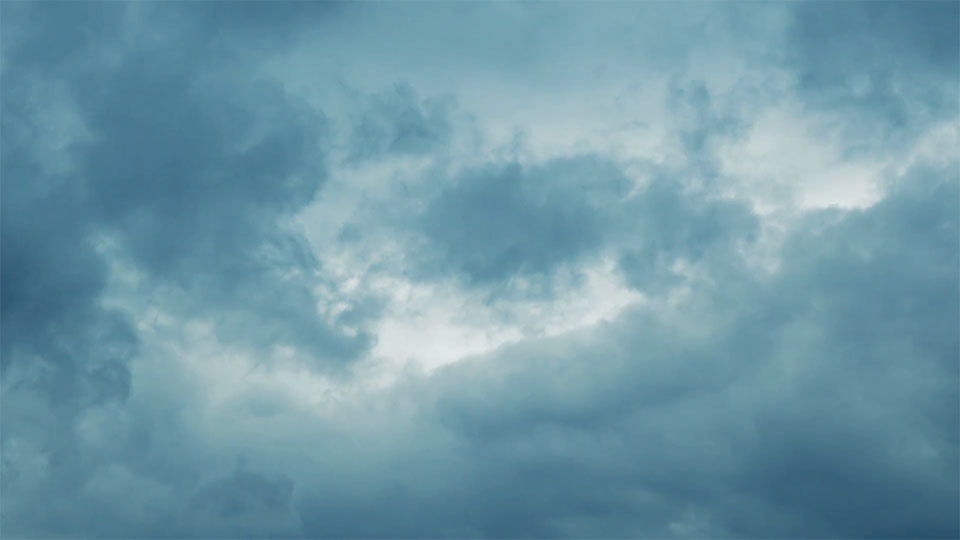
Leave A Comment